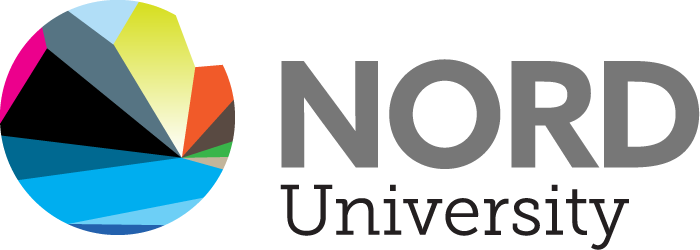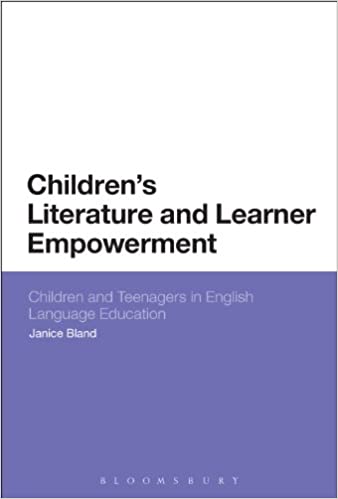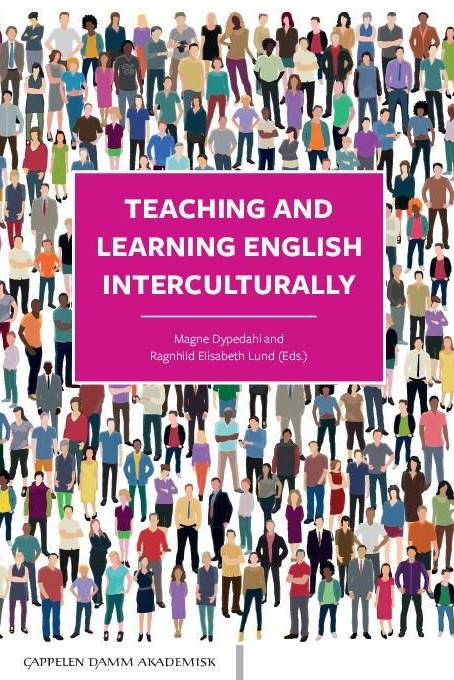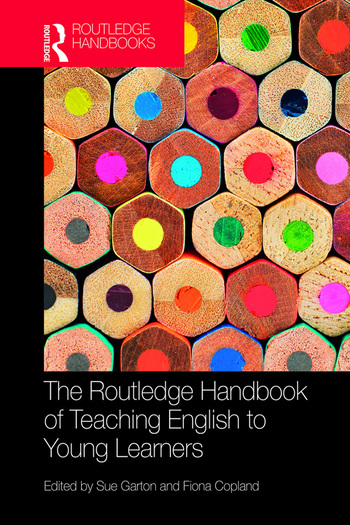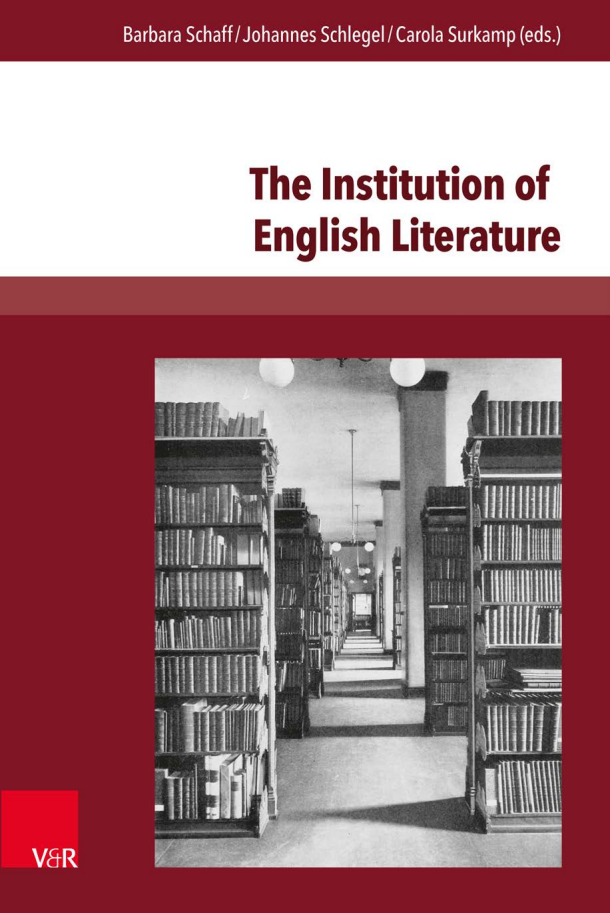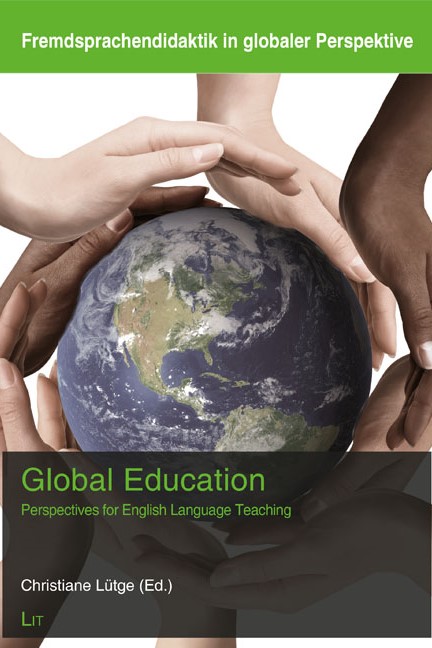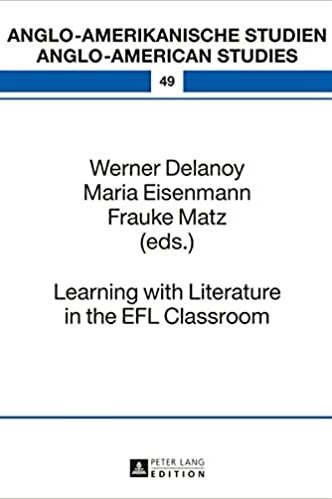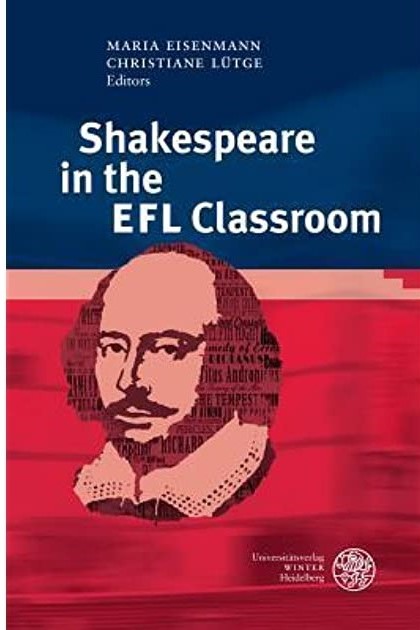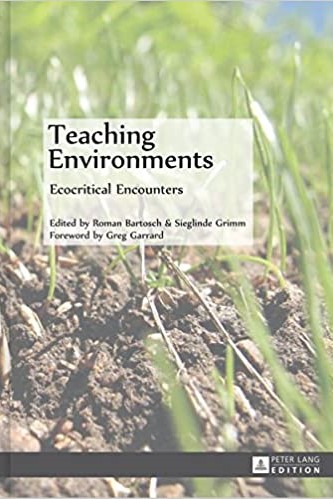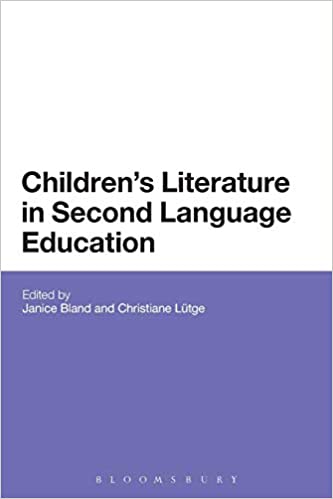Children's Literature and Learner Empowerment: Children and Teenagers in English Language Education
Author: Janice Bland
Publisher: Bloomsbury Academic
Year: 2013
Book Description: This book provides a comprehensive introduction to children’s and young adult literature in English language education. It demonstrates the complexity of children’s literature and how it can encourage an active community of second language readers: with multilayered picturebooks, fairy tales, graphic novels and radical young adult fiction.
Close readings of texts at the centre of contemporary children’s literature scholarship, yet largely unknown in the ELT world, provide an invaluable guide for teacher educators and student teachers, including works by David Almond, Anthony Browne, Philip Pullman and J.K.Rowling
Reviews
Geoff Hall
CLELE Journal 2.2 (2014): 81-84
Bland writes clearly and intelligently and has productively absorbed and applied a wealth of relevant and recent research.
Maria Eisenmann
Anglistik 26.1 (2015): 189-192
This is a comprehensive, innovative and thematically coherent book which provides powerful arguments for engaging with a wide variety of genres within children’s and young adult literature.
Victoria de Rijke
IRSCL Reviews (2015)
With confident writing on children’s literature as a ‘highly expressive carrier of cultural meaning’, the book contains excellent close readings of many picturebooks and graphic novels.
Lydia Kokkola
International Research in Children’s Literature 8.1 (2015): 93-95
Bland’s volume does indeed fulfil her aim of generating a rationale for selecting works of children’s literature for use in EFL classrooms and identifying how certain kinds of literature might empower learners.
Marek Oziewicz
The Lion and the Unicorn 39.1 (2015): 121-124
Bland’s characterization of well-crafted and poorly crafted texts is persuasive, especially when Bland stresses that gaps, indeterminacies, lexical density, and other complexities of language are beneficial—in fact, necessary—for genuine learning.
Silvija Hanžic Deda
Libri et Liberi Journal 3.2 (2014): 452-454
There are also examples that can be exploited in teacher education (e.g. the use of poetry and creative writing, different levels of language play, language patterning, children’s plays).
Brian Tomlinson
ELT Journal 69.4 (2015): 476-478
The book is very persuasive in that all its major points are supported by relevant references to credible research. […] This is a very impressive and valuable book which I really enjoyed reading.
Heather Reichmuth
Voices (2017)
…Bland explores the ways in which graphic novels both motivate the reluctant reader and challenge the adept reader, something often difficult to balance in the classroom
Werner Delanoy
University of Klagenfurt
This is a comprehensive, innovative, thought-provoking and topical book on children’s literature which is equally relevant to scholars working in the field plus to teachers and students of languages and literature.
Evelyn Arizpe
University of Glasgow
Teacher educators will benefit most from the interdisciplinary nature of the book as the author shows how children’s literature scholarship is linked to TEFL theory and practice. However, the result of bringing these two fields together provides exciting new perspectives for all those interested in critical reading and creative writing with children and teenagers.
Contributor: Janice Bland
Routledge, 2021
Editor: Janice Bland
Bloomsbury Academic, 2018
Contributor: Janice Bland
Editors: Barbara Schaff, Johannes Schlegel and Carola Surkamp
V&R Unipress, 2017
Editor: Janice Bland
Bloomsbury Academic, 2015
Contributor: Janice Bland
Editors: Christiane Lütge and Maria Eisenmann
Universitätsverlag Winter, 2014
Editors: Janice Bland and Christiane Lütge
Bloomsbury Academic, 2012
